Return of the Devil
 October 28, 2013
October 28, 2013
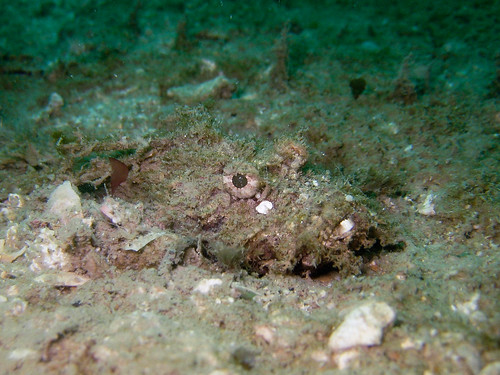
It’s been almost a decade since I last saw one of these at Pulau Hantu. At first glance, it looks like any ordinary scorpionfish. Well, actually, at first glance it looks like sand, but upon closer inspection, one would be able to make out a fish. This stealthy and venomous predator is known commonly as the Demon stinger, Devil Stinger, or Indian Ocean walkman Inimicus didactylus. Above: The Demon stinger is a piscivorous ambush predator. It is nocturnal and typically lies partially buried on the sea floor or on a coral head during the day, covering itself with sand and other debris to further camouflage itself. Once dug in, it is very reluctant to leave its hiding place. [1]
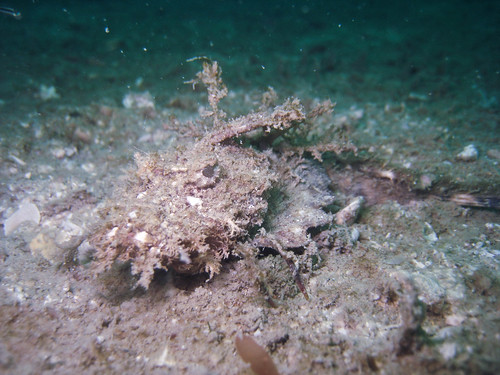
The “Indian Ocean walkman” is so called because of its unusual locomotion. It has very special pectoral fin rays that can be moved independently from the rest of the fin. It crawls slowly along the seabed, employing the four lower rays (two on each side) of its pectoral fins as legs. They can’t do this very fast, and may appear clumsy when doing so because they have to drag their extremely curved tails. The inner surface of their pectoral fins are brightly colored and they flash them if threatened. It can deliver a painful sting with its venomous dorsal spines. Sometimes several fish lie together! Careful where you put those hands! The last time we sighted this fish at Pulau Hantu was in 2004.
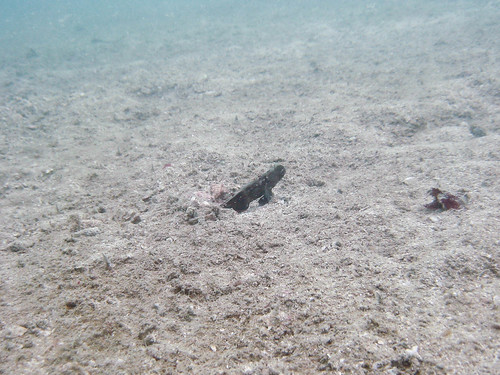
This sandy sea bed may look barren…

…but it is absolutely full of a network of burrows created by burrowing gobies and their hardworking shrimp!
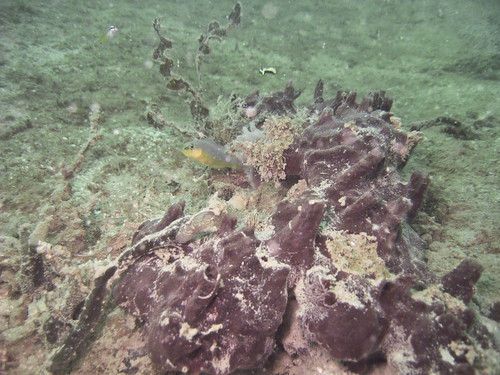
Other fish sighted included this yellow-bellied variation of the Brownbacked dotty back Pseudochromis ransonneti, seen here with a Lined cardinalfish and a juvenile Painted Sweetlips. Can you spot them in this picture?

We were joined by this fish as we made our descent along the buoy line.
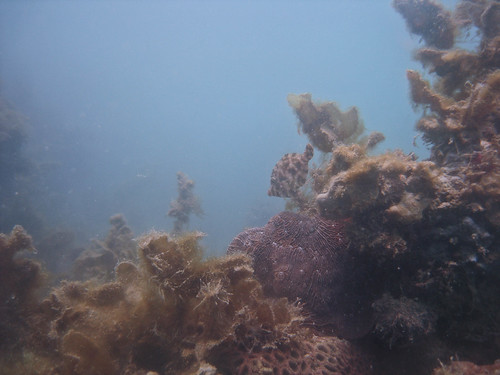
A filefish keeps itself hidden among the sargassum macro algae.

A small school of razorfish. As you can see, we had yet another weekend of fantastic visibility! We hope this keeps up! We could really get the hang of this!
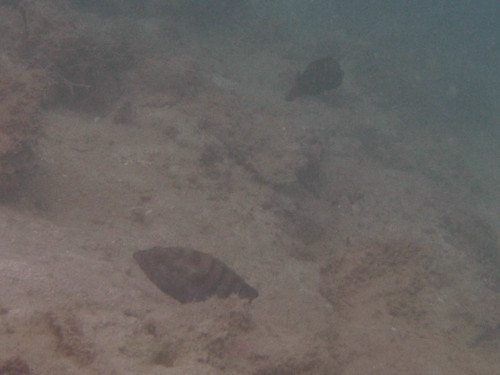
I spotted a pair of Brown-barred groupers Cephalopholis boenak, but these usually skittish fish made a quick getaway when I got close. Brown-barred groupers have many common names that include Bluelined Coralcod, Brown-banded Seabass, Brown-barred Rockcod, Brownbarred Rockcod, Brown Coral Cod, Chocolate Hind, and Dusty-banded Cod, to name a few! It is mainly a coastal species, inhabiting silty reefs in protected waters. Its diet comprises fish and crustaceans. [2] Although widespread, the geographic range of the chocolate hind is centered in southeast Asia where there is extensive destruction of reef habitat. Following the declines in larger groupers in the Hong Kong area, this species has become a significant component of the grouper catch. [3]

There were a pair of Frill finned gobies on the reef slope having some kind of territorial dispute. They dorsal fins were flared, and mouths were gaping open. They didn’t attack each other, but just continued to flank each other. Eventually they parted and went to different parts of the reef, but that might have been because my presence posed a more imminent threat than whatever it was they were fighting about!

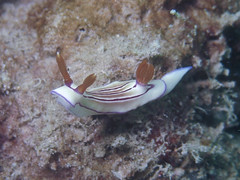


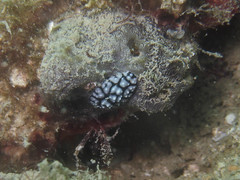
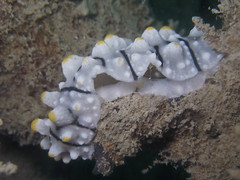
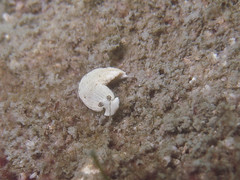
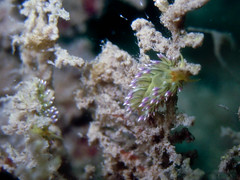

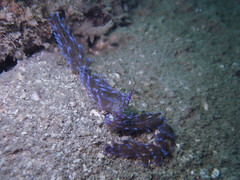
Nudis! There are also many more that I missed! Including THREE Doto nudis on giant hydroids, and TWO pairs of Hypselodoris bullocki that were laying eggs! I hope this means we will be seeing plenty more of them real soon!

… and HUGE anemones! This scary-looking creature like something out of a sci-fi movie, is truly as scary as it looks!
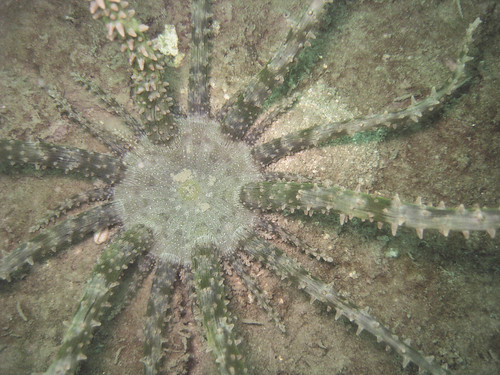
The tentacles of the Haeckel’s anemone Actinostephanus haeckeli, a predator, are lined with stings to catch and paralyze its fish prey. They range from a deep maroon in colour to a light green.

On to some smaller things, check out these two barnacles that have made a home on a mushroom coral!
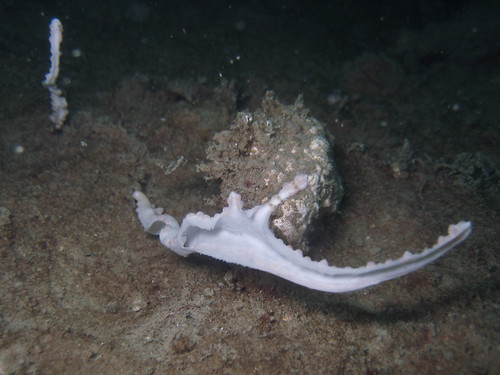
Hollow gorgonian. Didn’t find any porcelain crabs in this one.
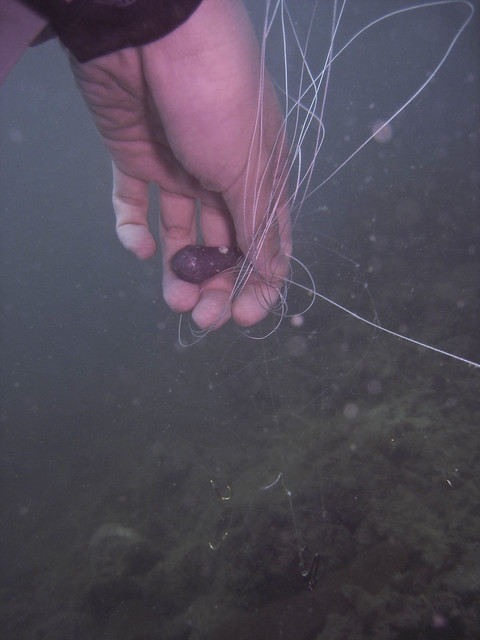
Unfortunately, I did have to once again spend a significant part of the dive unhooking and untangling discarded fishing line. This had to be done carefully so neither the reef nor myself got any injury! These tiny hooks were super sharp, and the fabric string was very slippery. It didn’t help that it was all attached to a weight too that kept pulling downwards on my fingers. It took some careful maneuvering to get all the hooks into my mesh bag because the hooks kept getting snagged. Perhaps something like a t-shirt to wrap the hooks may be more useful in the future.
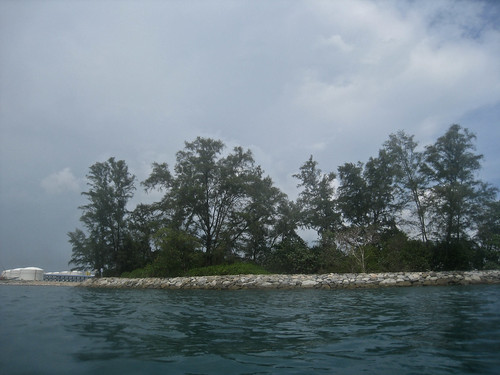
Top side Hantu – we heard it was raining on the mainland! But the Southern islands kept its fair and sunny weather!
To see more photos from this dive, visit the Hantu Blog Gallery or join our Facebook Page for the latest updates with photos and videos from Singapore’s reefs!
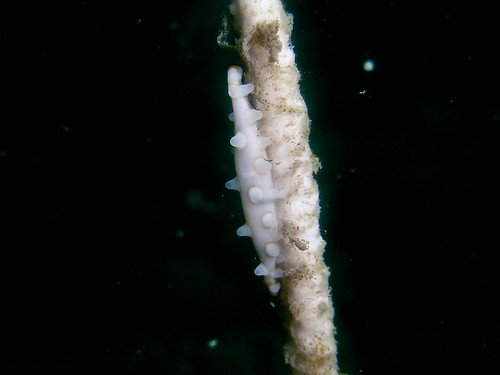

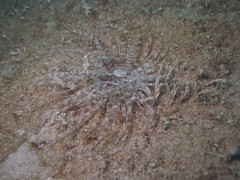
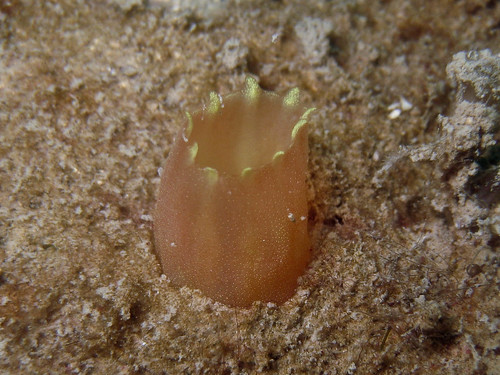
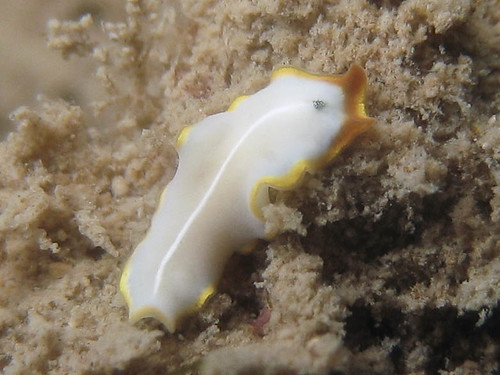
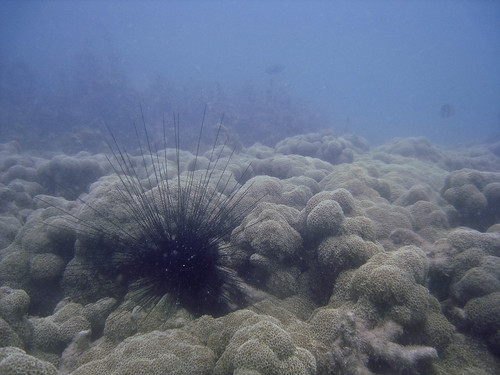
 Posted in
Posted in 



 content rss
content rss
COMMENTS